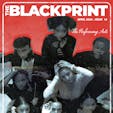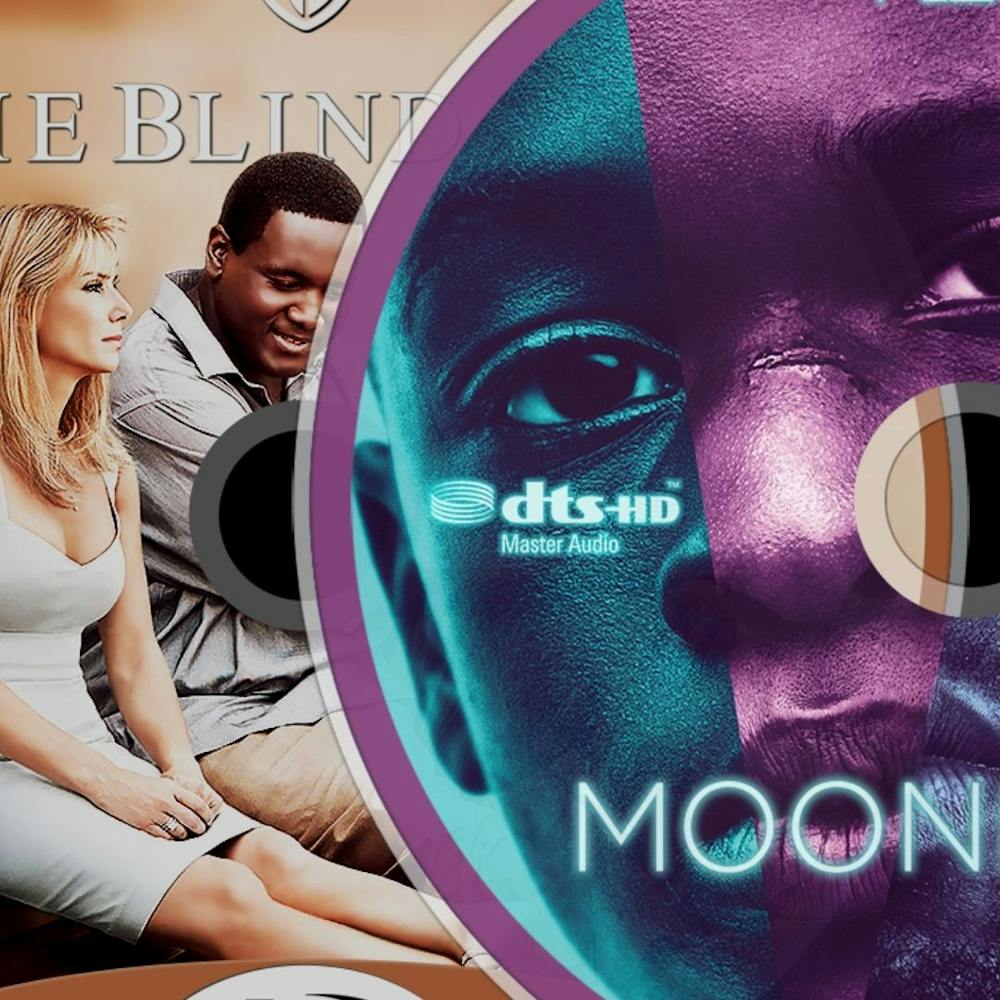As long as filmmaking has been in practice, Black pain and trauma have always been persistent themes, and this influence heavily colors the angst that permeates the Black community. In some films, the pain is a focal point through which lived experiences can be brought to the public to shed light on the Black American experience while other portrayals of Black trauma are purely exploitive.
Recent classics such as Moonlight and Concrete Cowboy portray a humanizing vantage point of Black people. At the same time, other films like The Blind Side are incredibly exploitative and capitalize on Black pain. These films display a wide variety of Black trauma that radiates throughout different generations of film directors.
Moonlight, an Oscar-winning and critically acclaimed film, was brought to the big screen in 2016. It is about a young gay Black man trying to navigate his sexual identity while concurrently struggling to cope with and resist the common problems plaguing his low-income community in Miami. The film covers dehumanization, gang activity, familial strife, and drug problems. All of which play a part in the oppression Black men face from the moment they enter this world and the trauma that forces little Black boys to mature faster than their white counterparts.
The film was highly praised because it defied stereotypical portrayals of Black men and shed light on the experiences of Black men within the LGBTQ+ community that is not often given a chance to be told.
Toxic masculinity is incredibly prevalent in the Black community, due to centuries of oppression and misinterpretations of religion.
According to blogger Lynn D. Johnson, “The Black church, the oldest institution and pillar of the Black community, has historically dictated the community's stance on homosexuality — either you don't talk about it, or you condemn it.”
As a result, Black men struggle to create their own identity. The critically acclaimed piece painted a detailed picture of the many traumas Black men face, yet it also proved the resilience of Black men. Black men are at an anxious crossroads where they are expected to be toxically masculine.
Concrete Cowboy was another great film that piqued my interest, defied stereotypes about Black life, and told an unheard story about Black life. The film centers around the bonds of the cowboys who eventually have their homes and ranches taken away from them due to gentrification. Little is known about this, and that is what makes this film highly lauded.
The fact that Black urban cowboys are unknown to most of the public is appalling. However, here is a refreshing example of how Blackness can manifest with body and soul in every facet of American life. In that vein, the fact that there are Black cowboys is a challenge to the typical white ideal of cowboys; this is an act of resistance and forging a Black identity.
The Blindside is simply exploitative and perpetuates the white-savior complex. The white savior complex is the notion that white people have to save Black people; it portrays Black people as inept and juvenile, while the white characters are sturdy and mature. The movie follows football player Micheal Oher, who gets adopted by a petite white woman as she babies a big, “inept,” young Black man.
It is filled with the white-savior-complex narrative and clearly is commodifying Black pain and trauma. Even Micheal Oher, the NFL football player that the character is based on, came forward to criticize the movie for making him look helpless. “I felt like it portrayed me as dumb instead of as a kid who had never had consistent academic instruction and ended up thriving once he got it,” he said in his memoir.
The film perpetuates the idea that Black trauma can be fixed by white people. The movie took all the worst cases of Black trauma, such as familial separations, drug uses, and educational disputes (poor education and not being intellectually inclined), and exploited them to make a Black figure malleable for a white audience, The Blindside exploited stereotypes of a big Black man being helpless and that white people, specifically white women are the saviors, that perpetuates Black trauma.
Black trauma in films can be either eye-opening and elicit sympathy, or it can be exploitative as the films commodify the suffering. Both Moonlight and Concrete Cowboy offer unique looks into Black life and culture in a humanized vantage point where the characters are multidimensional and realistic. Additionally, they show uncommon, like urban, Black cowboys, or taboo topics, such as homosexuality in the Black community Between these two films, the trauma is not commodified, instead, it is humanizing and creating a new narrative for Black people. The Blindside, on the other hand, plays into the white-savior-complex and draws from negative stereotypes of Black people to commodify the trauma.
There is a fine line between humanizing trauma and commodifying pain and Black-produced films do a good job of humanizing the pain while other films exploit it. What black films do is craft realistic characters and put them in familiar situations. When the characters are in these situations, they navigate the challenges as any real person would, instead of a caricature of stereotypes. In order to humanize Black pain, rather than commodify it, directors need to create characters with depth and put them in scenarios everyone can relate to.



